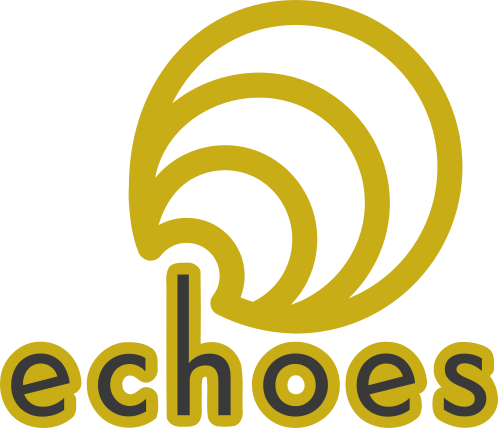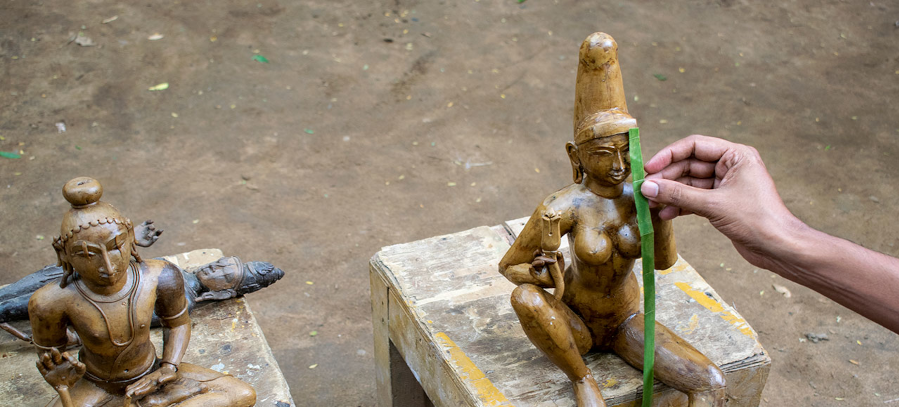Infrastructure 🛖
Any digital resource, be it organizing a research data repository, information services, archive, customized story telling site, etc... all require proper coordination of digital hardware and software. One way it is conventionally done is to outsource the complete integration to a information services platform services company that sets up the required technology stack with business relationship management. This requires solid financial support all round the year, where the accountability of maintaining the security, customized feature building falls on the platform providers.
However, other way is to slowly build a collaborative learning team who have some day to day touch with digital tools, and build periodic workshops around it, to integrate necessary skills to integrate and setup the necessary technology stacks and services in a guided way. The guidance and documentation is already provided as essential information by the technology making communities globally. It starts with:
- Finding right tools, systems that matches the required features and interfaces.
- To be aware about the tools that find based on its epistemic and social construction methods, practices
- This essentially means finding tools that are developed :
- Collaboratively
- Security and Privacy
- Local first
- Customization
- FOSS principles
- FAIR principles
- Documentation as essential form
- Engaging discussion forums
- Building tool chain for a particular work that compromises integration of several different tools to complete a particular task that will be repeated in a day to day manner.
- Integrating a workflow from several such tool chain that ties the worker, their skill, and the required tool chain to create a whole some workflow.
Any tool or service used shall be collectively evaluated to decide whether it should be deployed in every worker's computer, or should it be deployed in a local server or does it make sense to deploy as a globally accessible web service. The more users from different locations and different timezones might be using it, the more stringent control over Security and Privacy should be given more importance. This provides the collaborating team to include technology practitioners who can ensure the integrity of such services by having watchful eyes over the day to day security challenges.
Moreover, the challenge of balancing between the standards and customization to address the thematic dimensionality is not easy. This requires constant support and shared knowledge from information science practitioners, who can actually build a bridge between the technology practitioners and social scientists, anthropologists, historians, artists, humanists, etc... This is the activity that requires more careful approach that tries to balance the hard lined standards and metrics followed by technology practitioners, while addressing the fluid, blurry and fuzzy nature of humanists. With current standards and protocols that are developed through common democratically organized consortiums and collectives, this balancing act becomes possible. It even provides space for creating instances of standards that can cater to local and thematic needs, which can be contributed back to the global community space from which others can take it, share it, customize it, criticize it thus creating its own development that further diversifies the possibilities every time reducing effort but creates more value for expression.
The infrastructure becomes the backbone to orchestrate the above mentioned day to day practices that involves people trained and experienced from several different backgrounds and the overall and deeper requirements.
My initial understanding of the very word archive had a technological perspective as it become common with blogging where archive of the blog provides a chronological record of pages that were published so far. I had only very little understanding about the need of memory institutes and infrastructures like museums and archives. Initial confusions of what is exactly is necessary to make an archive helped me explore about its political nature, its form, and to a degree about its implementation from technological point of view. Thankfully, i have been guided by eminent scholars of humanities, library and information sciences guiding me by openly sharing the tools, techniques and more importantly the purpose and on how not to reify by giving careful attention for the context.
My earlier exploration and timely help let me learn about the factors that were expected in a conventional archival system, its standards slowly. My design interest into data driven story telling, visualization, model embedding, explorable explanations, cartography and social experience with respect to knowledge commonig movements - provided me a landscape to conceptually explore on how to combine the resources and knowledge that further cleared the mist. Thus a momentum to build a tool or framework emerged, and the learning started by seeking collaboration from my Free & Open Source Software [FOSS] movement peers to build an archive with the understanding we had at that point of time. However, initial attempt eventhough energetic and promising proved futile partly because of aimbitious undertaking of building it from scratch and partly due to COVID 19, which disrupted real collaboration.
Earlier introduction to Semantic Web principles, Standards, Practices, Technology and Tools based on it like OmekaS, Scalar, etc... my interest to see it through once again grew. Engaging in Public History, Ethnography field works and meaningful conversation with scholars of literature, history, archaeology, epigraphy, mathematics, anthropology for the Social History of Mathematical Practices [SHMP] helped at informing on what actually is important. This practice of combining the digital and the humanities paved a roadmap on how to work on it further.
Parallel endeavour of rebuilding the Historical Atlas of South India, again proved to be aimbitious as the earlier proprietary development nature demanded to rebuild the project from scratch. This involves lot of to and fro conversations with earlier developers to understand how the context of atlas and corresopnding data structure, information architecture resonated with each other. Again collaboration with FOSS peers who could able to understand the needs made it data restructuring possible that culminated in delivering a working prototype with modern web standards which build on a Thematic-Spatio-Temporal framework that i have envisioned as a conceptual tool to meet the needs of practitioners of humanities and social sciences. This conceptualization is not completely new, and can be easily formulated by anyone who could observe the common design and interaction pattern from earlier existing works.

